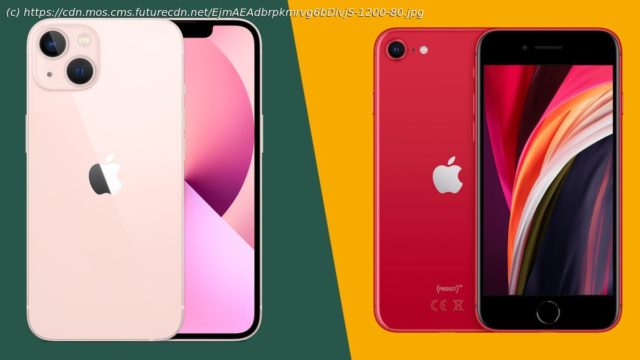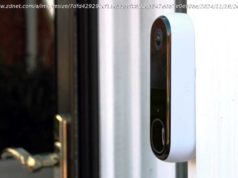We look at two of the most popular iPhone models right now and try to work out which is the best for you.
The iPhone 13 is Apple’s current flagship choice, offering a potent mixture of performance and features at a price that still falls well below those of the Pro and Ultra models. However, Apple’s current budget pick remains the iPhone SE (2020). There’s no cheaper Apple-branded smartphone currently being offered brand new. There are no prizes for guessing which is the better phone here, but which phone provides the better value? How big are the margins? We’ve spent lots of time with both of these phones, so here are our in-depth findings. The iPhone 13 arrived on September 24,2021, with a base 128GB model that costs $799 / £799 / AU$1,349. Upping the storage to 256GB costs $899 / £879 / AU$1,519, while $1099 / £1079 / AU$1,869 will get you the top 512GB model. The 64GB iPhone SE (2020) landed in shops on April 24,2020. Prices started from $399 / £419 / AU$749 for 64GB of storage, before moving up to $449 / £469 / AU$829 for 128GB and $549 / £569 / AU$999 for 256GB. You can still buy the iPhone SE (2020) as new from Apple, with the only change being a slightly reduced £399 / £449 / £549 price tag here in the UK. It’s an early win for the iPhone SE (2020), with the 128GB model costing $350 / £350 less than the equivalent iPhone 13. These two devices might be offered side by side in Apple’s current smartphone range, but their design DNA could scarcely be more different. The iPhone 13 is built in the image of the iPhone 12, which represented an end to Apple’s obsession with curves. These phones are a return to the flat surfaces and sharp corners of the iPhone 4 era, but with a modern twist. By contrast, the iPhone SE (2020) is the doppelgänger of the iPhone 8, which itself comes from the iPhone 6 school of design. It’s all curved edges, with melt-away 2.5D cover glass. The older phone is the smaller of the two by quite some margin. The iPhone 13 measures 146.7 x 71.5 x 7.65mm to the iPhone SE (2020)’s 138.4 x 67.3 x 7.3mm, and weighs 175g versus 148g. Together with that rounded body, this means that the iPhone SE (2020) is much easier to hold and use in one hand than the iPhone 13. Another key design difference relates to the choice of biometric authentication systems. The iPhone 13 adopts the post- iPhone X display notch, which houses Apple’s Face ID sensors. The iPhone SE, on the other hand, packs a Touch ID sensor right below the display. Besides what this means for access (a glance vs a touch), this fundamentally affects the designs of both phones. The removal of the Touch ID sensor enabled Apple to push its displays out to the edges, removing the huge forehead and chin that’s readily apparent in the iPhone SE. Another win for the iPhone 13 comes from an IP68 rating, whereas the iPhone SE (2020) has to make do with a lesser IP67 rating. It won’t stand up to full water immersion quite as well. The main reason the iPhone 13 is physically larger than the iPhone SE (2020), of course, is because it has a much bigger 6.1-inch display. At 4.7-inches, the iPhone SE (2020) screen is rather tiddly by modern standards. Really, the iPhone 13 screen is on a different level in almost every way.
Start
United States
USA — software iPhone 13 vs iPhone SE (2020): which is the right smartphone choice...






